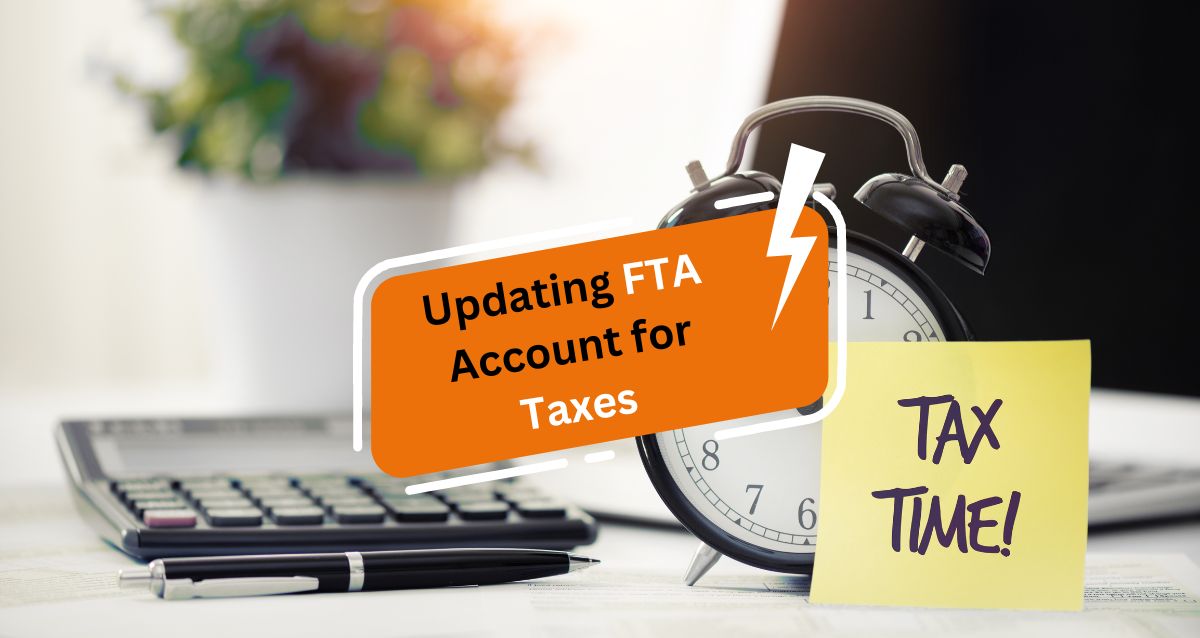Understanding Free Trade Agreements (FTAs) blog 11
Topic: “Understanding Free Trade Agreements (FTAs): Benefits, Challenges, and Global Impact”
Blog: The Importance of Free Trade Agreements (FTAs) in Today’s Global Economy
In today’s interconnected world, international trade plays a vital role in fostering economic growth, job creation, and the overall prosperity of nations. One of the key instruments facilitating smoother trade relations between countries is the Free Trade Agreement (FTA). But what exactly are FTAs, and why do they matter so much?
What is an FTA?

A Free Trade Agreement (FTA) is a pact between two or more countries that aims to reduce or eliminate barriers to trade, such as tariffs, quotas, and import/export restrictions. The goal of an FTA is to promote international trade by making it easier for businesses to access foreign markets. Countries that enter into FTAs typically agree on specific rules that govern trade in goods and services, intellectual property, investments, and more.
The Benefits of FTAs
-
Increased Market Access:
One of the primary benefits of FTAs is the increased access they provide to new markets. For businesses, this means more opportunities to sell their products and services abroad. For consumers, it leads to a greater variety of goods, often at lower prices due to the elimination of tariffs.
-
Economic Growth:
FTAs are known to stimulate economic growth by encouraging investment and expanding business opportunities. Countries that engage in FTAs often see an increase in foreign direct investment (FDI) as businesses seek to take advantage of favorable trade conditions.
-
Job Creation:
By boosting exports and creating new business opportunities, FTAs can contribute to job creation. In sectors such as manufacturing, agriculture, and services, FTAs create demand for workers in industries that benefit from increased trade.
-
Promoting Cooperation and Peace:
FTAs not only increase economic collaboration but can also promote peaceful diplomatic relations between countries. By fostering mutual economic dependency, FTAs reduce the likelihood of conflict and encourage cooperation.
The Challenges of FTAs

-
Domestic Industries May Struggle:
While FTAs can benefit many industries, some local businesses might struggle to compete with foreign companies that have advantages such as lower production costs or more advanced technology. In these cases, governments may need to implement protective measures, such as subsidies or tariffs on certain goods.
-
Unequal Distribution of Benefits:
Although FTAs aim to create win-win situations, the benefits might not be evenly distributed across all sectors or populations. Smaller businesses, workers in certain industries, or vulnerable communities might not feel the same level of positive impact as larger corporations.
-
Complex Negotiations:
The process of negotiating an FTA can be lengthy and complicated. Countries must agree on numerous issues, from labor standards and environmental regulations to intellectual property protections. The negotiation process often requires careful balancing of each nation’s priorities.
FTAs Around the World

Several significant FTAs have reshaped the global trade landscape. Some of the most notable agreements include:
-
The North American Free Trade Agreement (NAFTA):
Now replaced by the United States-Mexico-Canada Agreement (USMCA), NAFTA was one of the world’s largest FTAs, linking the economies of the U.S., Canada, and Mexico.
-
The European Union (EU):
The EU is one of the most integrated trade regions globally, operating under a single market framework that allows for the free movement of goods, services, capital, and labor between member states.
-
The Comprehensive and Progressive Agreement for Trans-Pacific Partnership (CPTPP):
This agreement links countries from across the Pacific Rim, including Japan, Canada, and Australia, creating one of the world’s largest trading blocs.
The Future of FTAs
As global trade evolves, FTAs will continue to play a pivotal role in shaping the future of international commerce. Issues such as climate change, digital trade, and geopolitical tensions will likely influence the direction of future FTAs. Countries may focus on crafting agreements that address these modern challenges while promoting sustainable and inclusive trade practices.
Conclusion
Free Trade Agreements are essential tools for fostering international trade, driving economic growth, and creating opportunities for businesses and consumers alike. However, they come with challenges that need careful management. As the global economy continues to change, FTAs will remain a crucial factor in shaping trade relations and ensuring that economic benefits are widely shared.

